The QS-9000 Standard is Obsolete
QS-9000 phased out at the end of 2006. It has been replaced by ISO/TS 16949:2002 and ISO 9001:2008 for suppliers in the automotive supply chain. Please, refer to the ISO/TS information in the “Standards” tab. The information below is an outline of what the QS-9000 standard was.
QS-9000: A Brief Overview
QS-9000 was a set of quality system requirements developed specifically for the automotive sector. In 1994, the requirements were initiated by Ford, General Motors, and DaimlerChrysler (Big Three) for their suppliers to improve quality, efficiency, delivery, and communications.
Since then, QS-9000 went through three major revisions or “editions” all based on ISO 9001:1994 — the last revision was QS-9000:1998 Third Edition. The International Automotive Sector Group (IASG) had provided “Sanctioned Interpretations” on an as needed basis to clarify the QS-9000 requirements. The IASG issued “Sanctioned Interpretations” that became effective on July 1, 2001. You can still download QS-9000 Sanctions Interpretations at www.qs-9000.org.
SRI’s Founder and CEO Peter Lake, as an Independent Association of Accredited Registrars (IAAR) officer, had chaired the IASG for seven years.
History of QS-9000
DaimlerChrysler, Ford, and General Motors Harmonize Their Supplier Quality System Requirements
Late in 1992, Purchasing and Quality executives of the Big Three automakers met in Detroit and agreed to help themselves and their suppliers by replacing their individual quality system standards with a single set of Quality System Requirements, later named QS-9000.
After two years of development involving the Big Three and their suppliers and representatives of third-party certification organizations, the automotive industry’s needs and expectations of its parts suppliers were developed.
QS-9000: The Process for Third-Party Registration
Certification to QS-9000:1998 was very similar to the registration process for ISO 9000. Both processes involved an application, documentation review, pre-assessment (optional), and registration/certification audit. Once certification was achieved, periodic surveillance audits were conducted to ensure compliance. The certification process was made more efficient through the use of appropriate forms, registration checklists, and supporting documents available from SRI.
QS-9000: Qualified Auditors
SRI’s team of QS-9000 qualified auditors had experience working in the automotive industry; many worked for Tier-1 supplier organizations.
SRI’s scope of accreditation is broad, such that SRI could register many different automotive suppliers, whether their focus was material, parts, tooling, or equipment.
QS-9000: SRI is There!
SRI began working with the Big Three Supplier Quality Task Force in 1992, developing and refining the QS-9000 criteria and the audit/registration process for third-party registrars. SRI helped form the IASG, and has been an active member since its first meeting early in 1994.
SRI was among the first registrars to be accredited by Raad voor de Certificatie (RvC) and American National Standards Institute Registrar Accreditation Board National Accreditation Program (ANSI-RAB NAP) to implement QS-9000 and registered its first QS-9000 company in January 1995.
QS-9000: Third-Party Registration
QS-9000 was a contractually-mandated quality system requirement designed to be confirmed by independent third-parties. As a result, specially-qualified ISO 9000 registrar auditors were trained to apply the internationally recognized automotive-focused registration system.
QS-9000: the First Set of Common Requirements
Initially issued in late 1994 and updated in February 1995, the first set of requirements applied to parts suppliers only. More than 100 accredited registrars in North America and around the world had met the special automotive sector requirements established by the Big Three and the world’s accreditation bodies. Initial registrations to QS-9000 occurred in January 1995.
QS-9000: An Ongoing Worldwide System
In early 1994, the IASG was established to develop interpretations and answers relative to QS-9000 criteria, processes and registration. The IASG consisted of SRI and four other registrars, three accreditation bodies, Big Three Supplier Quality Task Force representatives and several automotive suppliers. The IASG had expanded to included numerous registrars. The IASG functioned to develop a consensus of all parties, balancing interests and limitations in order to assure the successful interpretation of the QS-9000 requirements.
We invite you to peruse the library of standards SRI offers today over on our Standards Tab.
